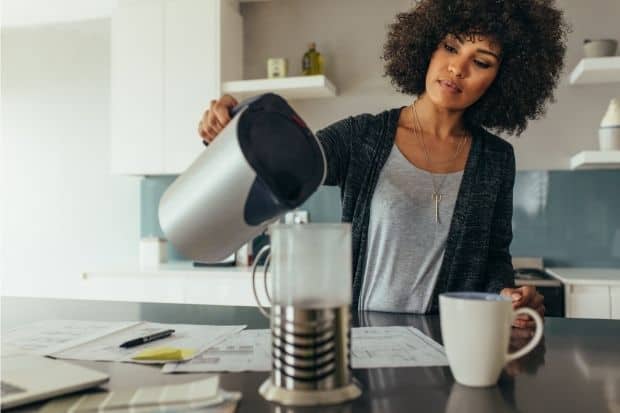Just so you know, as an Amazon Associate we earn from qualifying purchases made via bold red links, buttons or images.
Last Updated on December 10, 2023
Coffee has been a wildly popular daily beverage in the North American consciousness for a long time and is currently riding a 30-year wave of high consumption, but it remains something of an intimidating enigma to some segments of the population.
Sure, many people might order the odd cup at brunch, or grab a takeout from Starbucks on their way to work in the morning, but what’s really going on in that cup? Is it possible to quickly deepen your knowledge of coffee and enhance your coffee experience while also having fun?
How does somebody who has never been much of a coffee drinker start on the path to becoming a coffee aficionado?
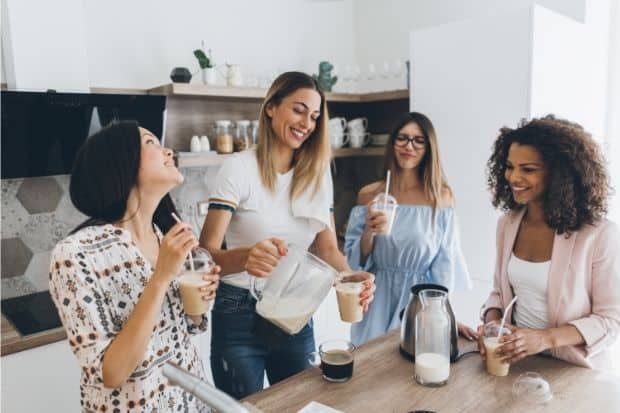
If you’re wondering how to get into coffee, the best way is to start with a trip to your local roaster, take a behind-the-scenes tour if you can, and talk to the expert roasters. You’ll get more out of that visit if you take a little time in advance to learn some of the history and science behind excellent coffee.
A Little History and Background Knowledge About Coffee
To truly get into coffee, you have to start with a little bit of history and science.
You can trace the African and Middle Eastern origins of coffee in our earlier post about where coffee comes from.
On the North American side, the 250th anniversary of the Boston Tea Party is approaching. The revolt against King George III spawned a mass switch from tea to coffee among the colonists.
More recently, the coffee craze of the 1990s following Starbucks going public in 1992 was followed by rapid expansion around the world.
Types of Coffee Plants
Two types of coffee plants are responsible for virtually all of the planet’s consumption: arabica and robusta.
Arabica, also known as Arabic coffee, was the first cultivated species, is grown predominantly in Latin America, and accounts for 60% of worldwide production.
It is grown at high altitudes, has a sweet, soft taste with hints of fruit, and has a high level of acidity (like wine).
Robusta is mainly grown in Africa and Indonesia, and represents roughly 40% of the planet’s coffee crop.
It has a stronger taste of coffee and double the caffeine of arabica, with a grain-like texture and peanuty aftertaste.
Easier to grow and cheaper than arabica, it makes up the majority of retail coffee available in North America.
Roasting Coffee Beans
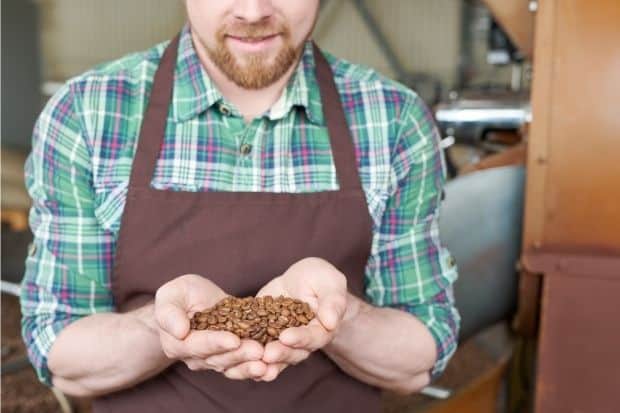
After the berries of the coffee plant ripen, they are picked, processed and dried.
Dried coffee berries are ‘beans,’ which are roasted at various temperatures to bring out their flavors.
The type of roast affects the final flavor profile: a dark roast is stronger and comes across as more bitter, while lighter or ‘blonde’ roasts are more accessible.
After they’re roasted, the beans are ground and then brewed with hot water.
The final result: a delicious cup of coffee that contains powerful antioxidants and is extremely low in calories.
Visit Your Local Coffee Roaster
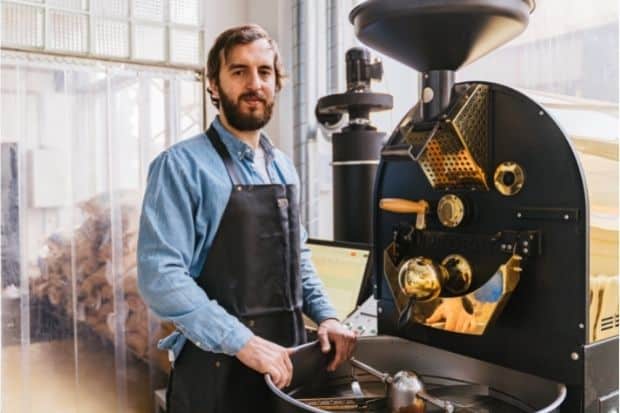
Just like visiting a winery or microbrewery, if you spend an hour or two touring a roasting facility, tasting coffee and talking it through with an expert, you’ll find the experience both educational and really fun.
Best of all, it will begin to peel away the mystery of your coffee journey and set you up on the road to success when you begin to take your first steps brewing at home.
While it’s a good idea to sip on a cup during your tour, the real key is to sit down in the roastery afterward and, as with beer or wine, try a flight of various types of brews so you can taste the differences in the roasts and styles.
While this is optimally done with coffee black, there is nothing wrong with a novice adding a bit of milk or cream to the cup, so don’t be afraid to ask your hosts to add a little something.
Armed with your newfound behind-the-scenes coffee knowledge and experience, you are now ready to get started with some basic equipment and begin brewing a great cup of hot coffee at home.
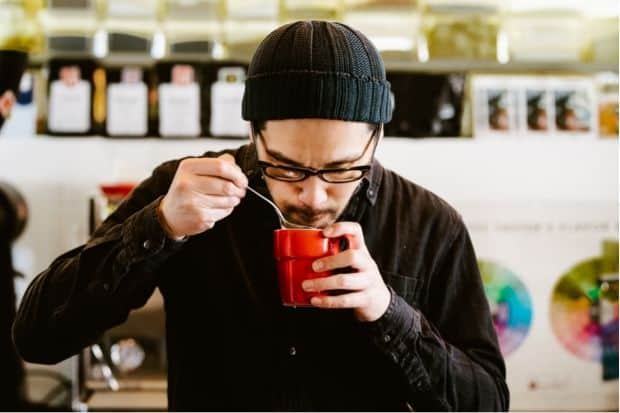
Brewing Coffee at Home
Acquire Some Coffee Gear
While it’s a good idea to visit a coffee equipment specialty shop—where you’ll likely have the ear of an expert in the field, and see some interesting stuff that you may want to go back for a little later down the line—as a coffee beginner you can usually find what you need at any relatively inexpensive big box department or drug store.
You should be able to get started with decent gear for around $100. (Don’t worry, this will pay for itself quite quickly. More on that later.)
What’s on your shopping list?
You’ll need:
Kitchen Scale
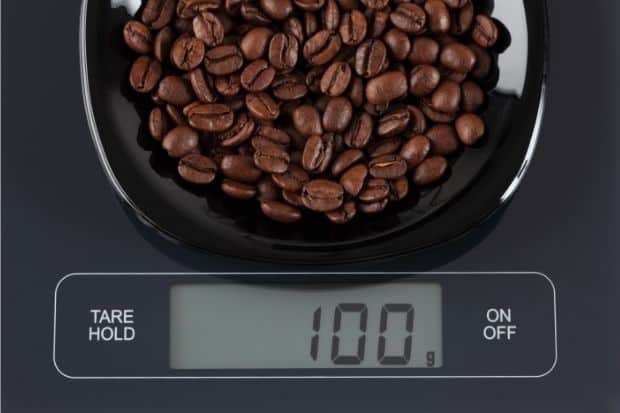
To weigh both water and beans and get just the right ratio for brewing.
Grinder
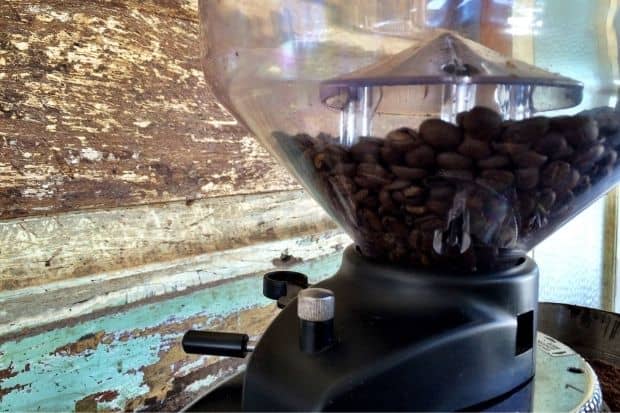
For a fresh ground right before brewing. Coffee tastes best when ground immediately before brewing.
Kettle
For heating water.
Filters (If Needed)
Filters keep the grit out of your drink, providing a clean, pure coffee taste.
Brewing Vessel (Coffee Maker)
Your choices of coffee makers might include:
- French press, which tends to produce a bold/oily/thick brew
- Pour-over dripper, which will make a clean/refined cup
- AeroPress, known to create a drink with a less bitter taste
The AeroPress is a decent coffee maker if you’re on a budget but still want to get a somewhat hands-on experience making coffee:
https://m.media-amazon.com/images/I/31-Qegr0v+L._SL500_.jpg
Check availability
(See our guide on making espresso with an AeroPress. It’s a little trickier than you might expect.)
Buy whole bean coffee, not ground. Remember the phrase ‘fresh ground.’ Don’t forget to look for fair trade coffee, if it’s available.
Practice Your Coffee Brewing
Now that you’re all set up in the kitchen, it’s time to think of yourself as a mad scientist conducting lab experiments.
But I promise this will be more fun than chemistry in high school.
Using your scale, the rule of thumb is to start with a ground coffee to hot water weight ratio of 1:16.
Tip: filtered water, even a simple home pitcher system like Brita, can make a difference.
Now start brewing, and make little adjustments to each batch so you learn how they affect the cup. Grind size: too big or too small? Water too hot or too cool? Coffee/water ratio balance? What is the best brewing method for the type of roast and type of coffee bean?
Try them all and figure out which is the sweet spot for your palate and taste buds.
A Word on Espresso
Going the espresso route at home entails a more expensive equipment outlay.
Espresso is brewed by forcing a small amount of water through highly concentrated, finely ground beans.
It is thicker than coffee made by other brewing methods, and is the base for all the familiar milk-based coffee drinks such as lattes and cappuccinos.
Here’s a quick summary of some of the common types of coffee drinks made with an espresso machine:
Latte
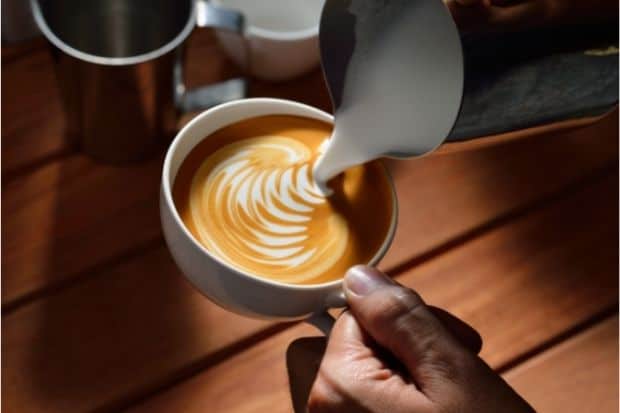
A shot of espresso topped with steamed milk and foam. Often a 2:1 or 3:1 steamed milk to espresso ratio.
Cappuccino
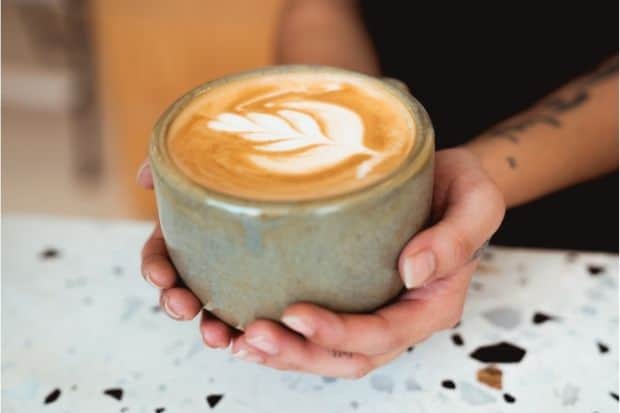
A shot of espresso with steamed milk. Usually a 2:1 ratio of steamed milk to espresso.
Americano
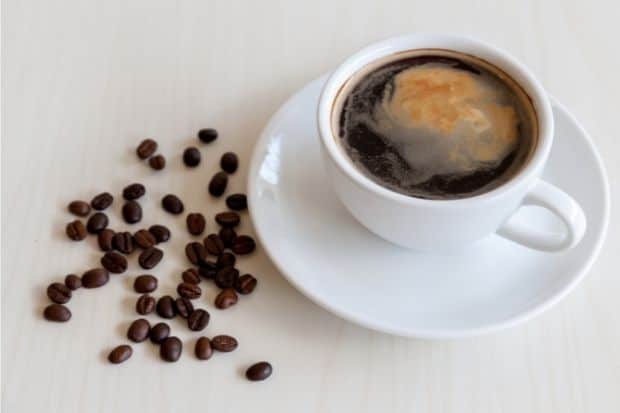
Espresso with hot water.
Mocha
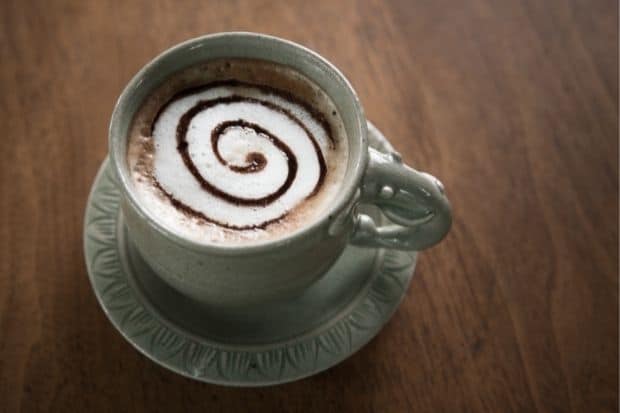
Espresso with hot chocolate and steamed milk, with foam and/or whipped cream on top.
Macchiato
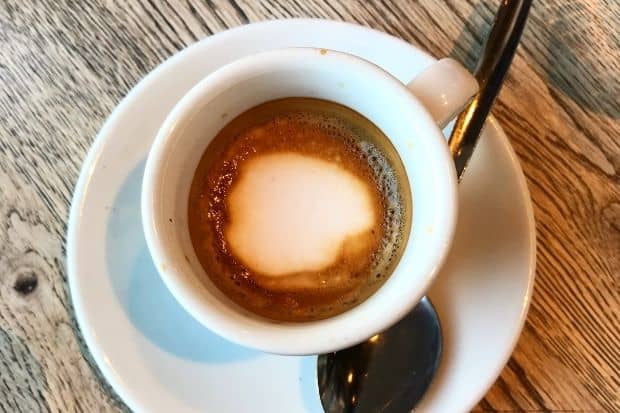
Equal parts espresso and steamed milk. Often made with denser/foamier milk on top.
It can be fun to eventually include an espresso setup in your home coffee bar for making espresso-based drinks, but it’s not a good base to start with.
Taste and Take Notes
It’s a good idea to keep a notebook and pen (keep coffee grinds away from your iPad or smartphone!) in a kitchen drawer near your coffee brewing area.
Some of the notes that will help you transform into a brewmaster:
- Roast date/brew date
- Name of coffee/roaster
- Technique/bean weight,
- Type and origin
- Flavors of coffee the producer describes
- Your tasting notes (there are no wrong answers)
Learn what types and styles you prefer, and through practice and repetition you will nail the perfect cup of coffee for your taste and ease into a regular coffee routine.
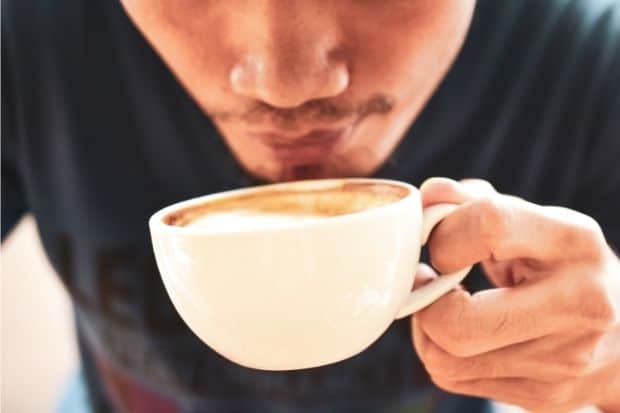
You might like one style when drinking it black and a totally different one when mixing in a little milk, cream or sugar.
Try a Coffee Subscription
Something to consider after you’ve nailed the basics and want to expand your palate through trying different beans and styles is a coffee subscription.
The benefits of a subscription service are numerous: delivery, freshness, variety, single-origin options, value, blend customization, education and reliability.
A number of companies offer weekly or monthly mail deliveries of a wide range of beans from all over the world.
Not to mention that the right coffee subscription can save you money.
Why Take This Awesome Coffee Journey?
First and foremost, it’s fun and tastes great. There’s nothing like waking up with a nice cup of joe on a cool morning.
If, like many people, you are in the habit of buying one or two cups of coffee per day outside your home, switching to brewing your own coffee will not only have you drinking better quality coffee, but over the course of a year you can save enough money for a vacation.
Instead of store-bought cups of java from Mexico, Brazil or Nicaragua, you can visit those regions in person!
Sitting in a Starbucks coffee shop in February, or enjoying an authentic iced coffee on a beach in Costa Rica?
You make the call.
Further Coffee Education
There are some great books about coffee out there. Here are a few that all coffee lovers should add to their kitchen libraries:
The World Atlas of Coffee by James Hoffmann
https://m.media-amazon.com/images/I/61YiK2JjkrL._SL500_.jpg
Check availability
A great primer on different types of beans and brewing techniques from around the world.
The Craft and Science of Coffee by Dr. Britta Folmer
https://m.media-amazon.com/images/I/41noGWIPeHL._SL500_.jpg
Check availability
This is the book for diving deep into the science of coffee, from the plant to the chemistry in your cup.
Coffee Obsession by Anette Moldvaer
https://m.media-amazon.com/images/I/61yitd3yEdL._SL500_.jpg
Check availability
A how-to book filled with pictures, diagrams, maps, and techniques that will help you brew the perfect coffee beverage.
The Blue Bottle Craft of Coffee by James Freeman
https://m.media-amazon.com/images/I/516FwRh1G+L._SL500_.jpg
Check availability
The founder of Blue Bottle Coffee lets his passion shine through in a book that you may want to save for when you reach higher levels of coffee snobbery.

